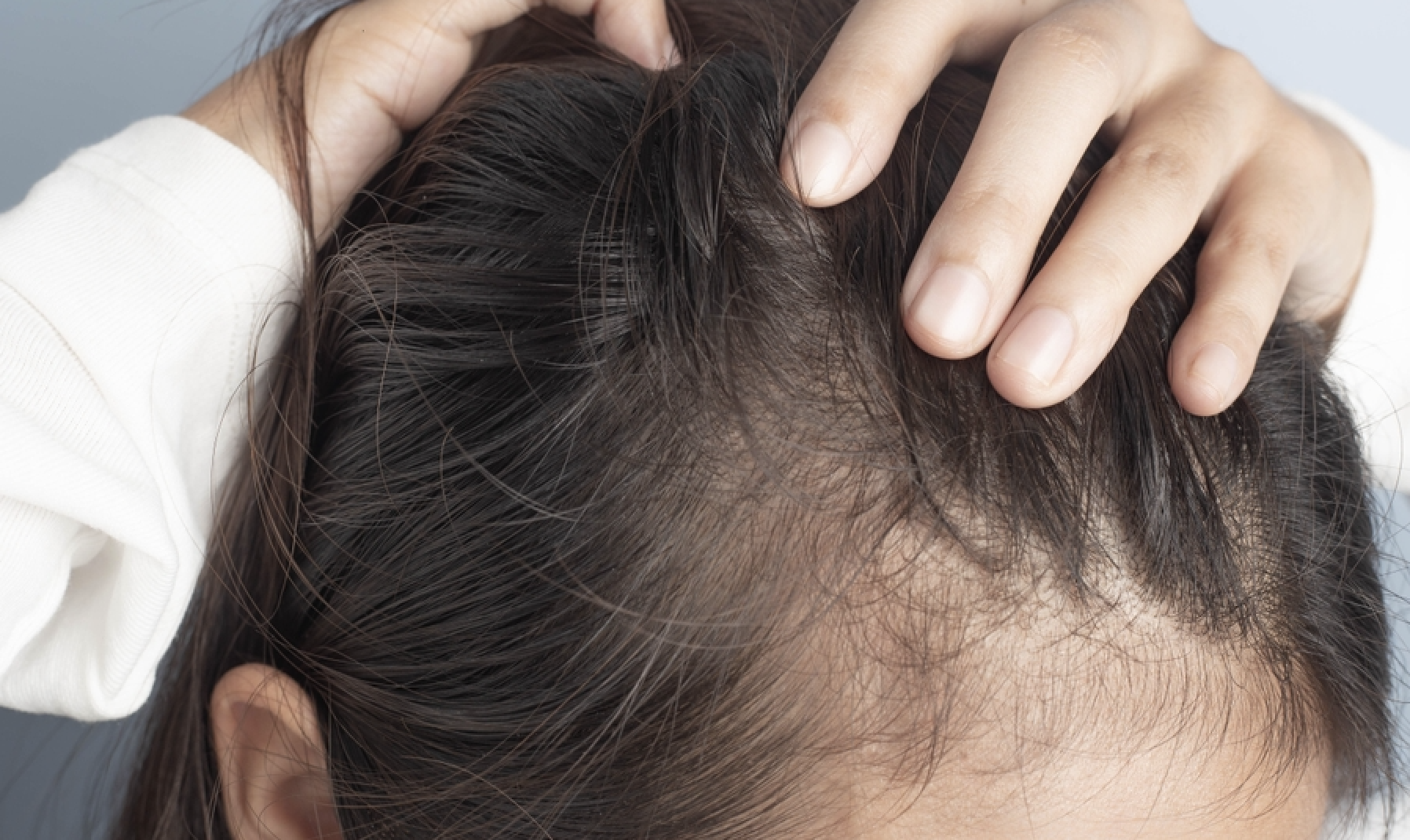HAIR LOSS TREATMENT: HOW DOES PLATELET-RICH PLASMA THERAPY ACTUALLY WORK?
London Dermatology | 27 December 2024
Since 2005, PRP has been utilised in the medical field. PRP was first applied in orthopaedics, sports medicine, and plastic surgery to aid with wound healing. Although PRP is still utilised in these domains, its usage as a therapy for hair loss has gained more recognition in the last five years.
A tiny sample of your blood is taken, processed to concentrate the platelets, and then this rich plasma is injected directly into the scalp regions that are experiencing early hair loss or hair thinning.
A medical practitioner draws blood from another part of the patient and uses a thin needle to inject the platelet-rich plasma into the afflicted area. The technique produces outcomes that look natural and is good at promoting regrowth without requiring costly surgical treatments.
Growth factors, which are proteins that support tissue repair and cellular regeneration, are found in high amounts in platelets. These growth factors stimulate hair follicles to enter the active growth phase by interacting with them after being injected into the scalp. Over time, this process produces thicker, stronger hair by reactivating dormant follicles and improving the function of those that are currently active. In essence, PRP therapy stimulates the production of healthier, denser hair by specifically utilising your body’s innate capacity for regeneration and repair.
In a process akin to drawing blood for a blood test, the plasma is collected from blood, usually drawn from the patient’s arm. Specialised test tubes are used to keep the blood from clotting. The Platelet-Rich Plasma, which makes up around one-third of the tube’s initial contents, settles at the bottom of the test tube after the blood is spun using a centrifugation apparatus. After that, this plasma is injected into the hair loss-affected area of the scalp. Hair growth will thereafter be promoted by the platelets that are present in the plasma. 15 to 20 of these injections are usually administered in a session.
Although this procedure may seem difficult and perplexing, it is actually very simple, and because so little blood is drawn, the patient experiences very little discomfort at the injection site and no side effects other than a slight soreness. The entire procedure is finished in 30 to 45 minutes, and the pain is so slight that no anaesthetic is needed. There is no sedation, no medication, no scarring, and no surgery. It is easy to understand why PRP is becoming more and more popular each year when compared to older, more invasive treatments.
PRP is especially useful in men and women who suffer from androgenic hair loss. It can also be used for skin rejuvenation and to promote healing. It is painless and scarless.
PRP can be obtained from ordinary blood samples. PRP contains many platelets. Platelets contain many growth factors and some stem cells. These promote healing and remodelling of soft tissues. PRP boosts skin regeneration and stimulates hair follicles.

